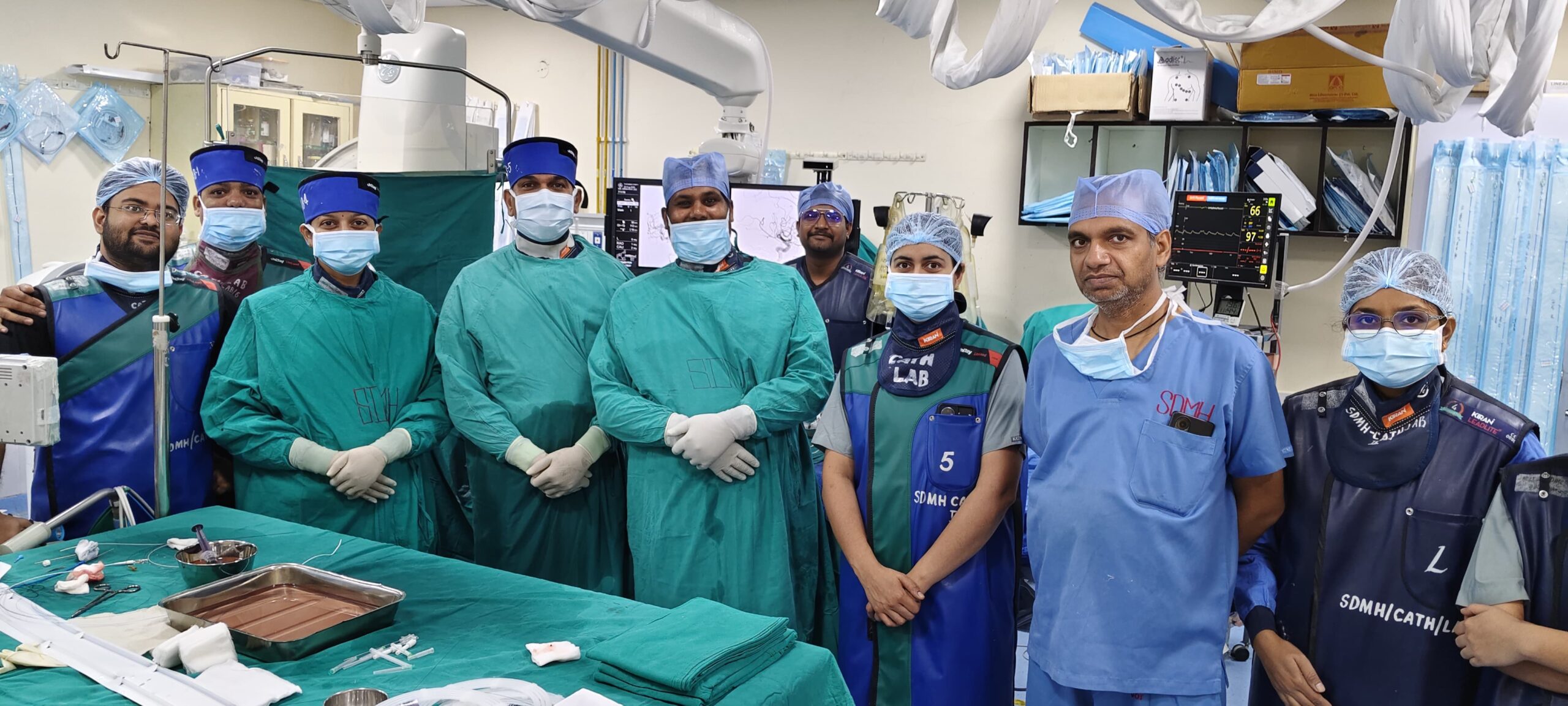Subtotal ₹0.00
Shopping cart
- drsharmadp@gmail.com
- B-434, Pradhan Marg, Vidyut Abhiyanta Colony, Malviya Nagar, Jaipur (Raj.)
Intracranial Hypotension is a condition caused by low cerebrospinal fluid (CSF) pressure in the skull, often due to CSF leaks. Dr. D.P. Sharma (MBBS, MS, M.Ch Neurosurgery, Fellow Endovascular Surgery) provides advanced, minimally invasive treatments in Jaipur to repair CSF leaks and restore normal brain function.
Intracranial Hypotension occurs when CSF pressure drops below normal, leading to headaches, neurological symptoms, and in some cases, vision or hearing problems. The condition is commonly caused by subdural leaks or venous leaks, which allow cerebrospinal fluid to escape from its normal compartments.
Intracranial hypotension is caused by CSF leaks in:
If left untreated, these leaks can cause persistent headaches, neurological deficits, and risk of chronic complications. Repairing the leak restores normal CSF pressure, alleviates symptoms, and prevents long-term damage.
Definition: Treatment involves minimally invasive procedures to locate and repair CSF leaks, using imaging guidance and advanced endovascular or surgical techniques.
Process:
Recovery: Most patients experience improvement in headaches and neurological symptoms within days. Hospital stay may vary from 1–3 days depending on procedure complexity. Regular follow-up ensures the CSF pressure is stable.
When to Consult a Doctor:
Immediate consultation is recommended if you experience:

Dr. Sharma combines expertise in neurosurgery and endovascular interventions with advanced imaging techniques to locate and repair CSF leaks accurately. Patients in Jaipur benefit from:
Expert care for brain, spine, and nerve conditions—your path to recovery starts here.
Some mild cases may improve with rest and hydration, but persistent leaks usually require targeted repair to prevent long-term complications.
Imaging studies like MRI, CT myelography, or DSA are used to accurately locate the leak.
Most patients notice symptom improvement within days, but follow-up imaging ensures the leak is fully sealed.

WhatsApp us !